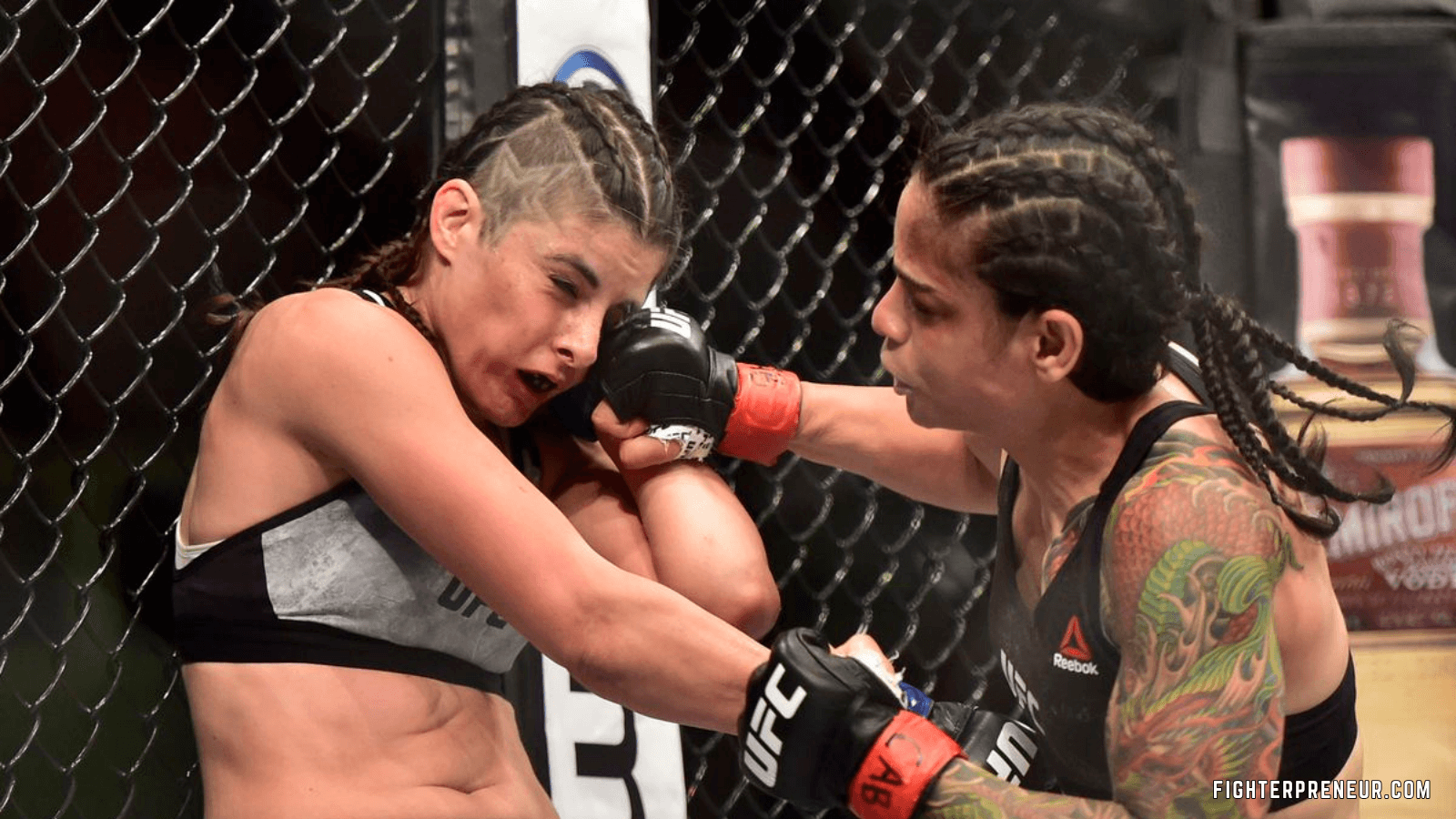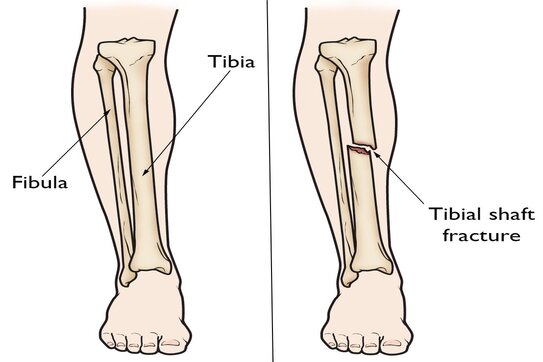
Table of Contents
Subscribe & Get Yours Goal Setting Template for 2024
Most Common Injuries In MMA and Their Rehab
Mixed Martial Arts (MMA) is a physically demanding combat sport that requires proper and effective training. Mixed Martial Arts (MMA) offer their fighters to showcase their skill as well as it also comes with a high risk of injuries.
In this article, we will come to know the most common injuries of MMA, their rehabilitation process and how practitioners can minimize their risk of injury.
Common Injuries in MMA fighter’s Life
Injuries are a part of an MMA fighter’s journey. Surprisingly, these little injuries inspire fighters even more. Injuries serve as a reminder of the physical and mental presence that is required in the sport. Fighters learn from each step and implement them in upcoming tasks by ignoring previous mistakes with complete focus and zeal. Common injuries are a motivation for MMA athletes.
Which Injuries are common in MMA?
Strains and Sprains
Description: Strains involve the stretching or tearing of muscles or tendons, while sprains affect ligaments. These injuries often result from improper technique.
Recovery Time: Recovery from strains and sprains can vary, but it typically takes several weeks to a few months of rest, physical therapy, and rehabilitation exercises.
Fractures and Dislocations
Description: MMA fighters may experience fractures or dislocations due to the high-impact nature of the sport, especially in the limbs and facial bones.
Recovery Time: Recovery from fractures and dislocations can be lengthy, often requiring several months of rest, immobilization, and surgeries in some cases.

Concussions
Description: Concussions occur when the brain is subjected to a sudden impact. MMA fighters are at risk of concussions from strikes and takedowns.
Recovery Time: Recovery from a concussion may take few days to several weeks, depending on the condition. Rest and rehabilitation are most important during recovery.

Cuts and Abrasions
Description: Fighters frequently sustain cuts and abrasions due to the sport’s close-contact nature, which can lead to infections if not properly treated.
Recovery Time: Cuts and abrasions typically heal within a few weeks with proper wound care and infection prevention.

Role of Diet MMA Fighter Recovery
A well-planned diet is compulsory for MMA fighters, especially recovering from injuries. A carefully structured diet plan ensures that your body gets all the necessary nutrients to heal and bounce back effectively. Take protein, for example; it’s like the repair crew for your damaged muscles and tissues. And don’t forget those vitamins and minerals – they’re the support team that helps your body recover overall.
Plus, a balanced diet can help fighters manage their weight when they can’t train as intensely, preventing unwanted weight gain. On top of that, good nutrition boosts the immune system.
Having the proper diet isn’t just about fighting well; it’s also essential for improving after an injury. Your body needs the right food to heal and become strong again. Think of protein as your body’s repair team and vitamins and minerals as helpers. Eating the right way also helps you stay the right weight when you can’t train hard. Plus, it makes your body stronger against getting sick. So, food isn’t just for fighting; it’s also a big help when you get better after getting hurt.
Rehabilitation Process
Rest and Immobilization
When injuries occur, the first step in rehabilitation is often rest and immobilization. This helps the injured area heal without further stress or strain.
Physical Therapy
Physical therapy plays a vital role in rehabilitating MMA injuries. Therapists design customized exercise programs to improve strength, flexibility, and range of motion.
Surgery
In some cases, injuries like fractures or torn ligaments may require surgical intervention. Surgeons repair damaged tissues to promote proper healing.
Gradual Return to Training
Returning to full training should be a gradual process. Fighters must follow their healthcare professional’s recommendations to avoid re-injury.
Preventive Measures
To reduce the risk of injury in MMA, fighters should incorporate injury prevention strategies into their training routines. These may include strength and conditioning exercises, proper technique, and adequate rest.
Recovery Times for Common Injuries
Strains and Sprains: A few weeks to a few months.
Fractures and Dislocations: Several months.
Concussions: Days to weeks.
Cuts and Abrasions: A few weeks.
Avoiding Common Injuries
Proper Technique
Learning and using proper techniques is crucial. Coaches should emphasize form and safety during training.
Strength Training
Strong muscles and bones can reduce the risk of injury. Strength training and conditioning are essential to an MMA fighter’s training.
Warm-Up and Cool Down
Always start with a thorough warm-up to prepare the body for intense training or a fight. It is likewise, cooling down after exercise is essential to reduce muscle stiffness and soreness.
Protective Gear
Utilize appropriate protective gear such as mouth guards, gloves, shin guards, and headgear during sparring and competition.
Rest and Recovery
Proper rest is vital for allowing the body to recover. Overtraining can lead to increased susceptibility to injuries.

